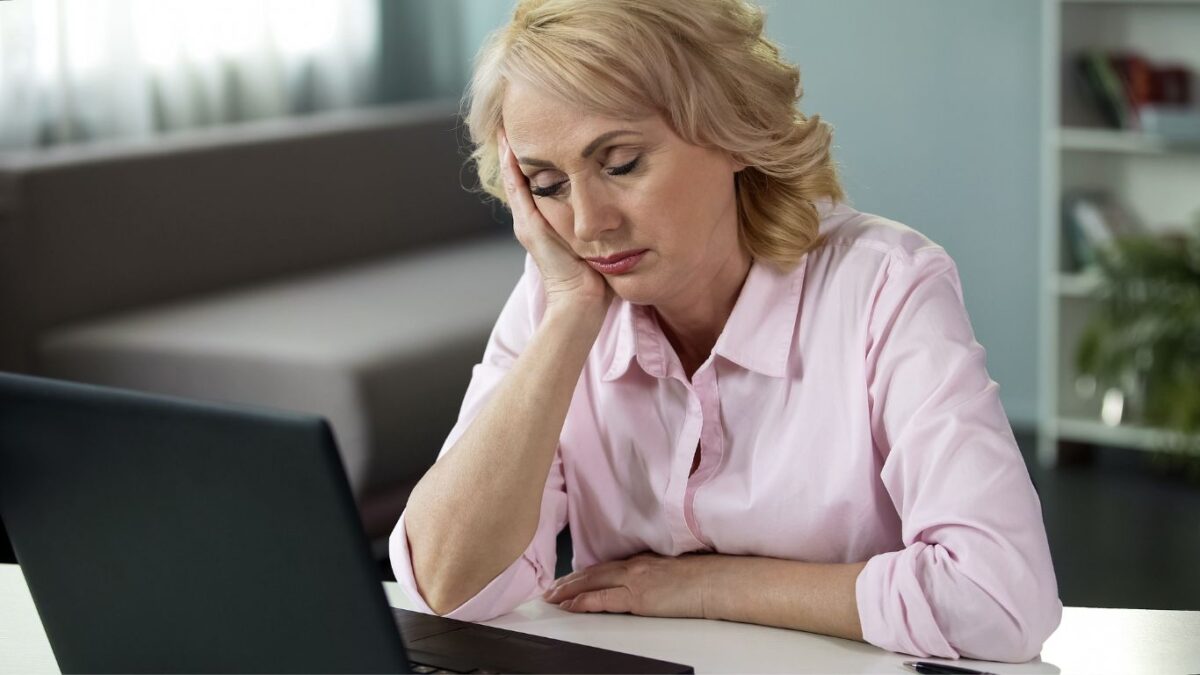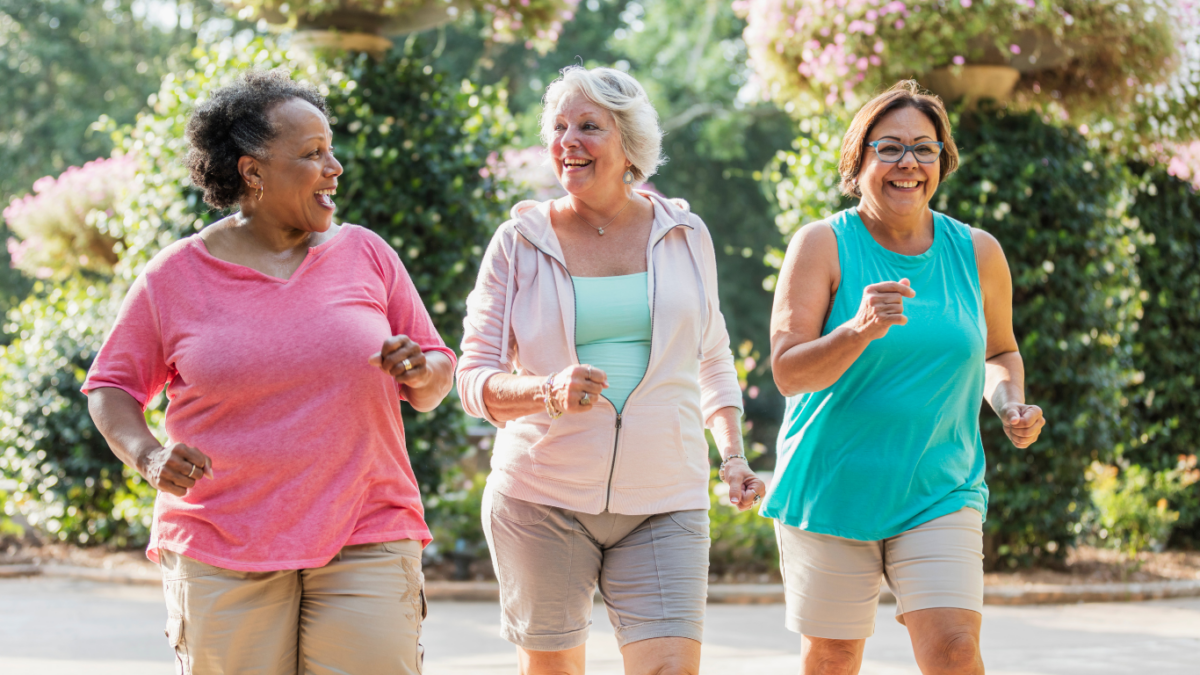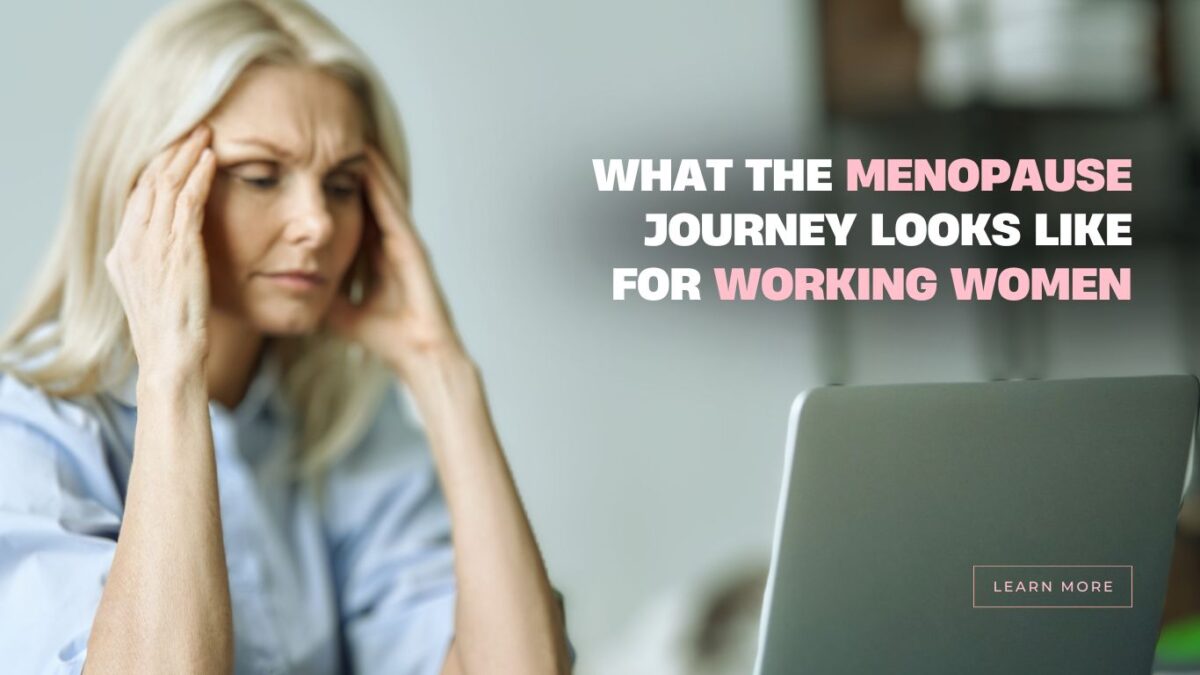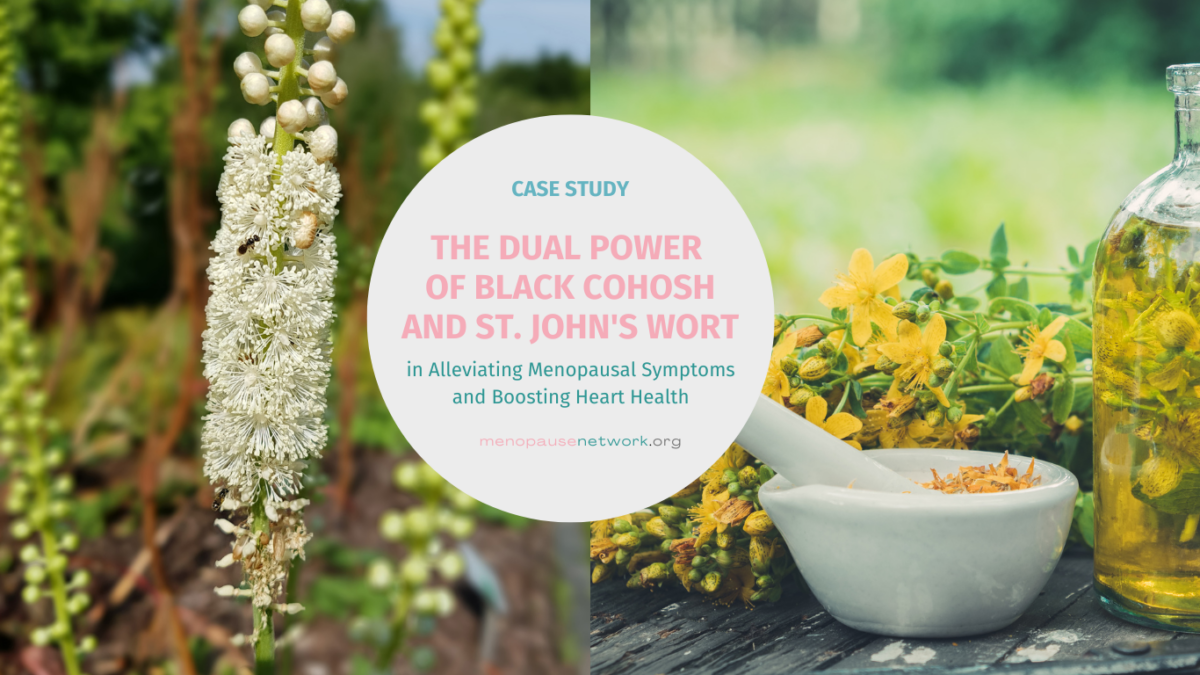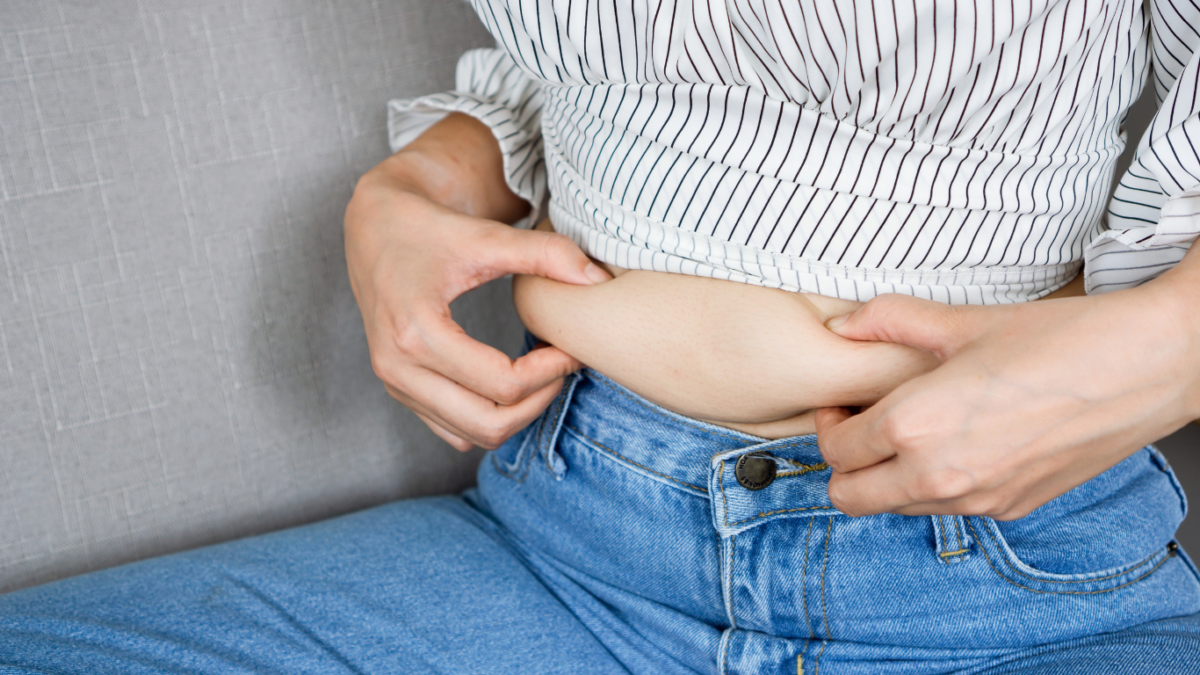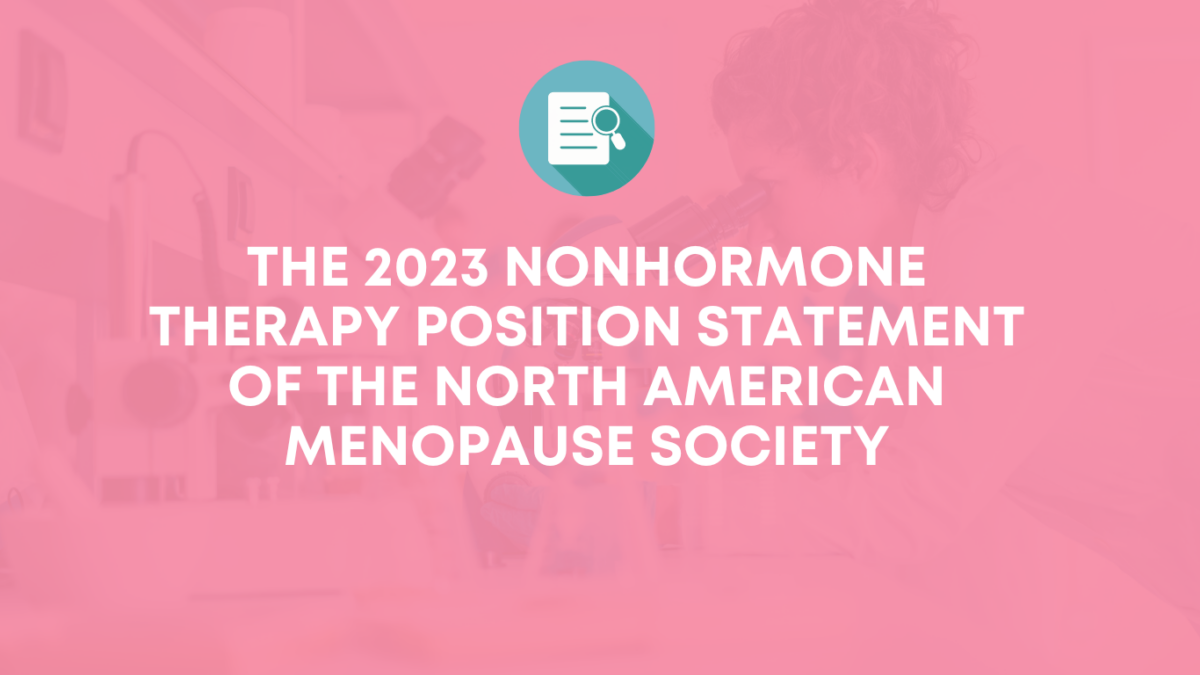Menopause at Work: Why Inclusion Isn’t Just a Perk—It’s Medicine for Burnout
Let’s get something straight: what you’re feeling at work during menopause—fatigue, brain fog, irritability, anxiety, maybe even feeling invisible—isn’t just you. It’s the climate you’re trying to function in. And now we have the research to back that up.
A dissertation by Janie D. Stuart out of Seattle Pacific University just confirmed what so many women have been whispering about in the hallway (or crying about in their cars). The menopause transition is hard enough without a workplace that expects you to show up like a robot—bulletproof, emotionless, and glued to your chair.
The study, titled “A Change in Climate: Inclusion and Menopause Experience at Work,” gives us hard data on what so many of us have experienced in our bodies: inclusion can literally reduce your desire to quit when you’re deep in the fog of perimenopause or menopause.
What Happens When Hormones Clash With the Modern Workplace
Here’s the setup: More than 2 million women in the U.S. enter menopause each year, and symptoms can stretch on for a decade. That’s 10 years of possible sleep loss, mood swings, hot flashes, anxiety, and a shaky sense of self—while still expected to meet deadlines, lead teams, and “lean in.”
This study looked at nearly 400 working women navigating perimenopause or menopause. It explored how inclusion—on the team level, the organizational level, and the cultural level—impacts two things:
- How committed women feel to their jobs
- How likely they are to quit
And the findings were loud and clear.
The Antidote? Inclusion That Sees the Whole Woman
When women feel supported—seen for who they are, and allowed to bring their whole self (symptoms and all) to the workplace—they’re more likely to stay. But not just any kind of support will do. The real magic happens when:
- Team inclusion gives you a sense that your voice matters and that you don’t have to mask your experience.
- Non-gendered culture steps away from outdated masculine norms like “always push through,” “don’t show weakness,” or “put work first at all costs.”
Women who felt this kind of support were less likely to consider quitting—even when symptoms were severe.
Let that sink in.
We don’t need more resilience workshops or lavender-scented break rooms. We need environments that actually include us, exactly as we are.
Uniqueness Over Uniformity: Why Feeling Like Yourself Matters Most
Here’s one of my favorite takeaways: “Belonging” isn’t enough. Feeling like a cog in the machine—even if you’re technically “included”—doesn’t cut it.
The study found that uniqueness was more powerful than simply fitting in. When women felt like they could express their true selves without judgment, their desire to quit dropped. That’s Optimal Distinctiveness Theory in action—our need to both belong and be celebrated for what makes us different.
It’s not about pretending menopause isn’t happening. It’s about creating space where you don’t have to hide it.
So What Can We Do (Right Now)?
This is where it gets practical. Here’s what I’d recommend—whether you’re navigating this yourself or you’re in a leadership role wanting to do better:
For Women:
- Speak up (when you feel safe). You have the right to ask for support—whether that’s a fan on your desk or flex time for a wellness break.
- Find your allies. Start or join a menopause support group. Sometimes just being able to say “me too” is half the healing.
- Track your symptoms. Get clear on what your body is telling you. Precision medicine starts with self-awareness.
For Workplaces:
- Train your leaders. Make “How’s your health—mentally and physically?” a standard check-in.
- Shift the culture. Move away from grind culture and masculine defaults. Promote flexibility, not martyrdom.
- Create non-stigmatizing policies. Menopause is a health phase, not a liability. Treat it with the same dignity as pregnancy or injury recovery.
Menopause Is Not the End. It’s the Emergence of a New You.
Here’s the truth we don’t say enough: menopause can be a leadership portal. With estrogen and progesterone shifting, many women find they speak up more, tolerate less, and come into fierce clarity about what matters.
If we can support women through the physiological turbulence, what emerges is often a more assertive, self-assured leader—one who’s no longer willing to shrink or apologize.
Let’s make our workplaces fit that woman.
You deserve to feel vibrant, valued, and powerful—at every stage of life. Don’t settle for less.
Please remember: This information is for educational purposes only and is not intended to replace professional medical advice, diagnosis, or treatment. Always consult with your healthcare provider before making any changes to your health routine, especially if you have existing health conditions or are taking medications. What works for one person may not work for another, and your individual health needs are unique to you








